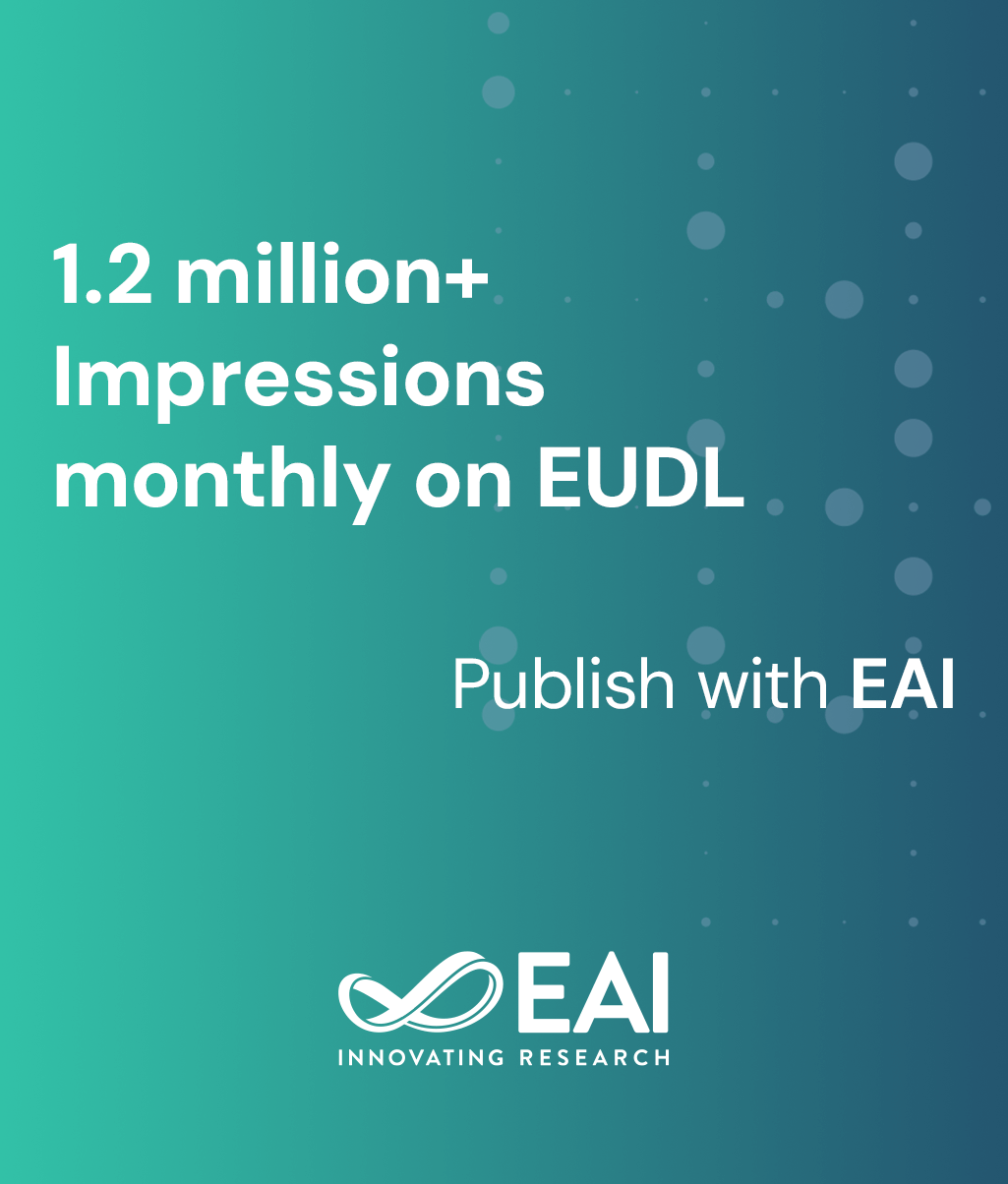
Research Article
OEE-WCRD: Optimizing Energy Efficiency in Wireless Sensor Networks through Cluster Head Selection Using Residual Energy and Distance Metrics
@ARTICLE{10.4108/eetsis.4268, author={Lalit Kumar Tyagi and Anoop Kumar}, title={OEE-WCRD: Optimizing Energy Efficiency in Wireless Sensor Networks through Cluster Head Selection Using Residual Energy and Distance Metrics}, journal={EAI Endorsed Transactions on Scalable Information Systems}, volume={11}, number={5}, publisher={EAI}, journal_a={SIS}, year={2024}, month={3}, keywords={Base Station, Cluster, Residual Energy, Sensor Node, Wireless Sensor Network}, doi={10.4108/eetsis.4268} }- Lalit Kumar Tyagi
Anoop Kumar
Year: 2024
OEE-WCRD: Optimizing Energy Efficiency in Wireless Sensor Networks through Cluster Head Selection Using Residual Energy and Distance Metrics
SIS
EAI
DOI: 10.4108/eetsis.4268
Abstract
Wireless Sensor Networks (WSNs) play a pivotal role in various applications, including environmental monitoring, industrial automation, and healthcare. However, the limited energy resources of sensor nodes pose a significant challenge to the longevity and performance of WSNs. To address this challenge, this paper presents an Optimized Energy Efficient Protocol in Wireless Sensor Networks through Cluster Head Selection Using Residual Energy and Distance Metrics (OEE-WCRD). This research paper presents a novel approach to cluster head selection in WSNs by harnessing a combination of residual energy and distance metrics. The proposed method aims to significantly enhance the energy efficiency of WSNs by prioritizing nodes with ample residual energy and proximity to their neighbors as cluster heads. Through extensive simulations and evaluations, we demonstrate the effectiveness of this approach in prolonging network lifetime, optimizing data aggregation, and ultimately advancing the energy efficiency of WSNs, making it a valuable contribution to the field of WSNs protocols.
Copyright © 2024 L. K. Tyagi et al., licensed to EAI. This is an open access article distributed under the terms of the CC BY-NC-SA 4.0, which permits copying, redistributing, remixing, transformation, and building upon the material in any medium so long as the original work is properly cited.


